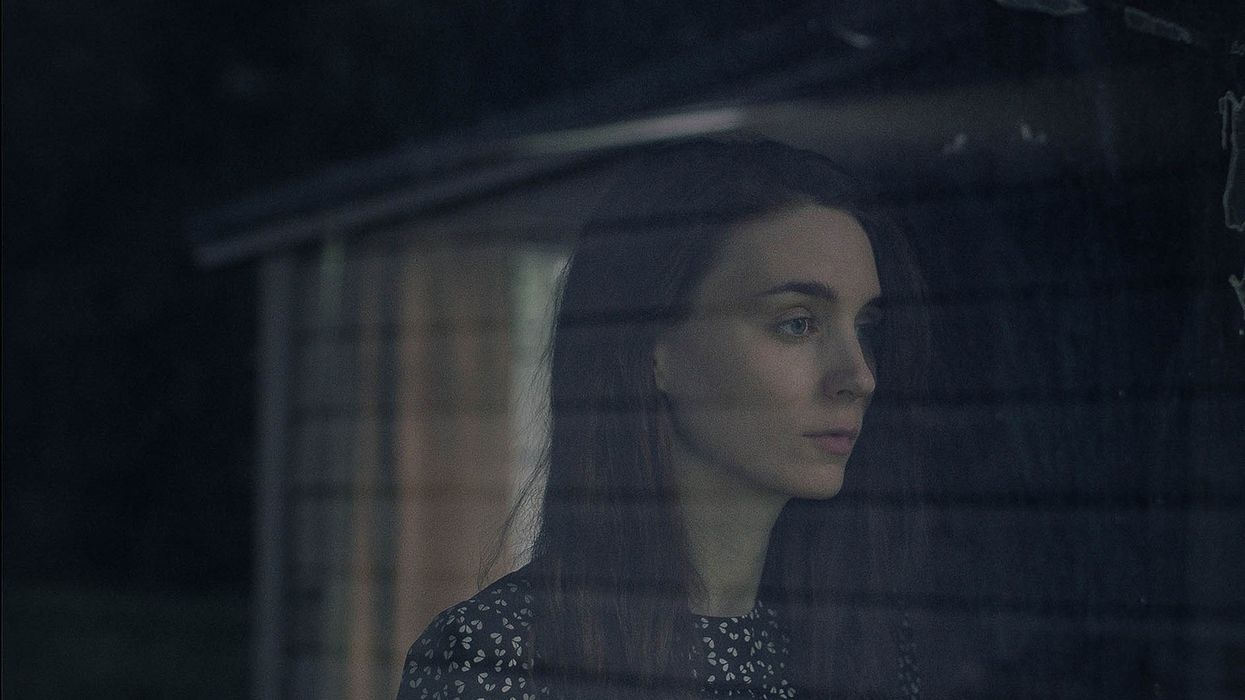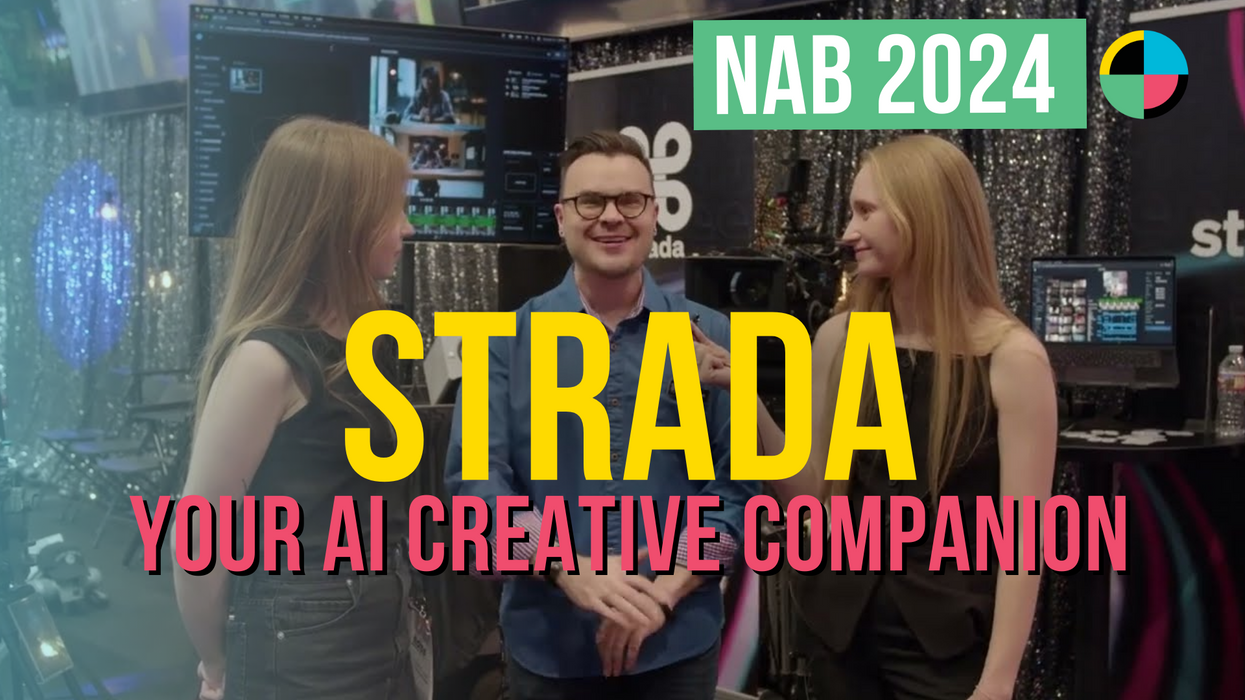Does Editing Make You a Better Director? Sundance Alumni Weigh In
If you're spending countless hours editing odd assortments of video projects, hoping some day you'll get the chance to direct, you may be on the right track.

When you’re intimately familiar with the creative process awaiting you in post-production, it changes the way you direct—for the better. At least, that’s the consensus of three Sundance filmmakers, past and present—Jennifer Phang (Advantageous), David Lowery (A Ghost Story), and Kyle Patrick Alvarez (The Stanford Prison Experiment)—whose editor-director careers have led them from Sundance indie films to TV and big-budget directing gigs.
On the Sundance panel Lights, Camera, Edit: Directing With an Editorial Eye presented by Adobe, the filmmakers offered up real-life suggestions for working with an editor as an editor, editing in your head, and picking your battles on projects where you don’t have creative control.
Here is the full video of what they had to say, with three of our biggest takeaways from the panel below.
Editing is a great place to start your directing career
For all three directors, editing fell into their laps as a practical, necessary step. "I started editing in college back when you had to rent an edit bay on campus, could only get an hour or so," said Kyle Patrick Alvarez. "So I bought my own Mac and edited all kinds of odd videos, from industrial videos, non-profit, etc. Editing is a trade and skill. People need it, and it's great to have...and for me, it's almost impossible to separate the three: screenwriting, directing, and editing."
Similarly, Jennifer Phang and David Lowery found editing to be a natural process that they often fell into out of necessity or chance. "I’m a massive introvert, so [while editing] I could sit in the dark by myself," said Lowery about why he gravitated towards editing. "You smash two things together and see what happens."

Knowing what you can and can’t fix in post can help you as a director
All three directors have gone on to bigger industry work where their indie roles have prepared them well. Phang has branched into television, directing for the Fox TV series The Exorcist, and Lowery recently helmed Pete’s Dragon for Disney. "No matter what production you are on, you are weighing time and money constantly," says Phang. "Knowing what costs capital and relationship capital is important."
As Alvarez puts it, "[The idea of] 'fix it in post' is negative, but knowing what you can fix in post can also save you. On The Stanford Prison Experiment, we had 140 VFX shots that you wouldn’t notice. For example, the set kept getting destroyed. We couldn’t rebuild the set, we had to paint over the wall [in post] where there would be a gash where someone’s head went through a wall."

Even on a big budget film where an effects house is handling your film, Lowery says it can be a life-saver to have some concept of what a visual effects company can do. "An idea of what goes into it can help you give [the visual effects house] what you need. I put in composite shots in AE on Pete's Dragon. It got finished up later by a professional, but I was able to do that to show them what needed to be done."
Creating a positive working relationship with another editor is key
Micromanaging another editor's work is the last thing a director with editing experience should do. Phang explains that while you need to get into the edit bay to get as specific as you need, constantly telling your editor what to do can wreak havoc on everyone's nerves. "I approach the process very carefully. With every collaboration, there has to be give and take. When you come from a directing approach, your instinct is to direct every moment. If you have to keep telling an editor what you want, it can create a tense relationship. On Advantageous, my co-editor Sean Gillane and I would trade off scenes in the edit, which gave us rest time for perspective, and made it a better film."

Alvarez, who worked with an editor instead of editing himself for the first time this summer, concurred. "It’s similar talking to actors," he said. "You don’t want to tell them exactly what to do because that's disrespectful towards what they do. It's about finding a balance. Sometimes, an actor misses their mark, and you have to say, 'Hey, you need to go six frames to the left.'"
In terms of choosing the right editor, Lowery suggests finding someone with whom you jive personally: "Find someone you like to be in the room with!"
For more, see our complete coverage of the 2017 Sundance Film Festival.
Featured image: Rooney Mara appears in 'A Ghost Story' by David Lowery, an official selection of the NEXT program at the 2017 Sundance Film Festival. Courtesy of Sundance Institute | photo by Andrew Droz Palermo.













